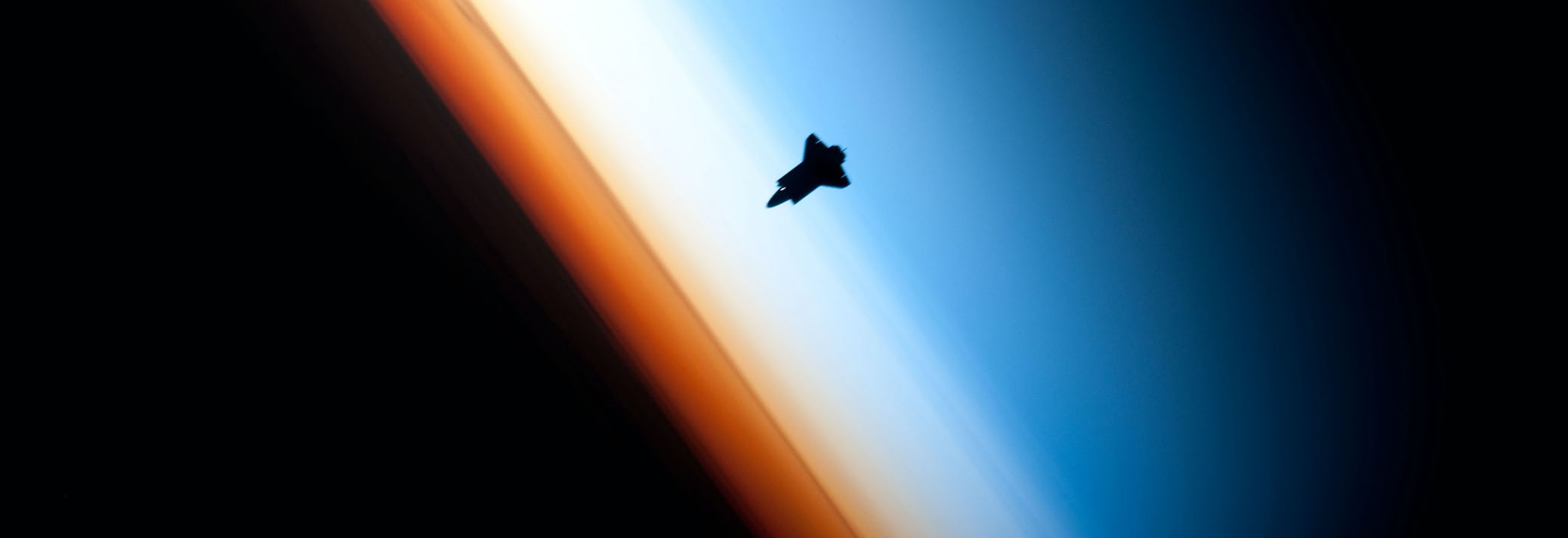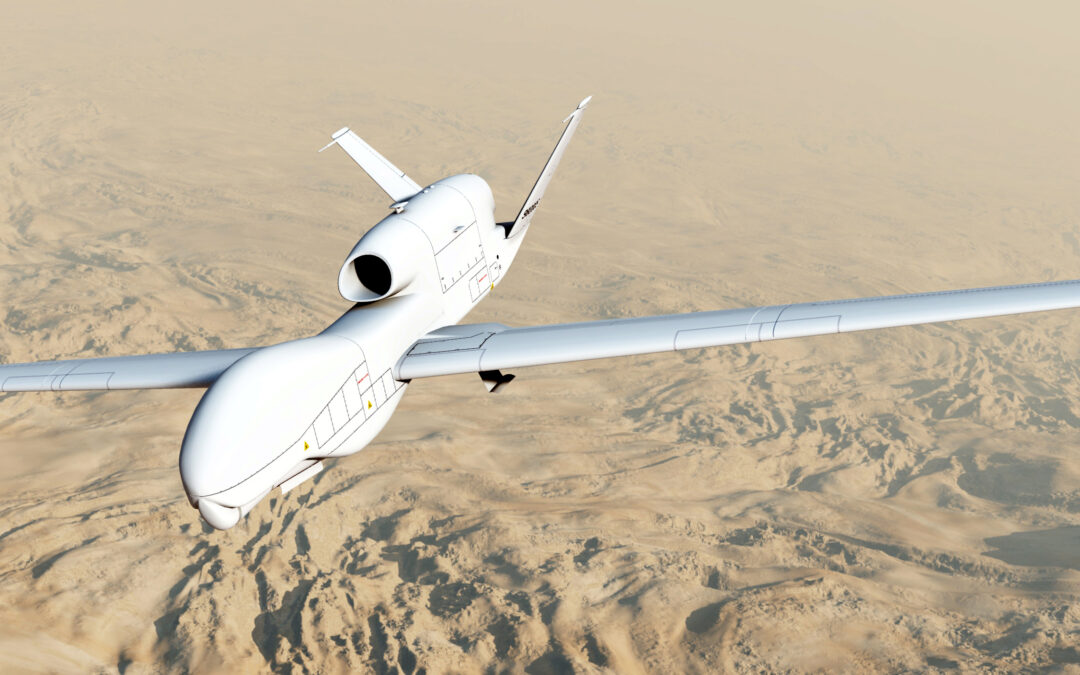Corona & Multipaction Effects on Space Based Antennas
January 2022
In addition to providing quality antenna products, JEM Engineering specializes in custom antenna development. For nearly two decades, we have aided our customers in research and development in order to provide them with custom solutions for their intended application. A crucial part of R&D is determining external factors and design elements that may compromise the antenna’s performance. In this post, we will be discussing two types of effects that are potentially damaging to RF components: corona discharge and multipaction effects.
Corona discharge occurs when a conductor at a high electric or RF potential converts the gas surrounding it into ions.
The generated ions then pass the charge to adjacent areas of lower potential, or recombine to form neutral gas molecules. These discharges may include energetic electron flows or even arcs which can damage or destroy the conductors or adjacent materials.
Corona discharge requires the presence of a gas. The worst-case condition for corona formation is a low-pressure gas such as the atmosphere at high altitude, although it can also occur in space when out-gassing of materials generates the required gas. Corona discharge usually forms at highly curved regions on conductors, such as sharp corners, projecting points, edges of metal surfaces, needles, or small diameter wires, not unlike various antenna components.
Multipaction occurs if a resonance condition between free electrons and RF signal is met under vacuum (not atmospheric) conditions.
Free electrons could be in a satellite device due to field emission or solar storms. These free electrons will be accelerated toward the walls of the device (usually a waveguide) and with enough energy, their impact could result in secondary electron emission. If resonance is present, this process can repeatedly occur leading to a self-amplification of current and, finally, to a discharge. In RF space systems, multipaction will cause loss/distortion of the RF signal and can damage RF components or subsystems due to excess RF power being reflected back or dissipated by them.
Multipaction will also cause an increase of local pressure which could lead to a really destructive corona breakdown. While multipaction is important in vacuum, the corona effect is a breakdown which occurs due to the ionization of gases during the launching phase of a satellite. In this case, the process basically depends on the pressure, field amplitude, geometry and nature of the gas. In accelerators, multipaction will produce electron clouds preventing the undisturbed buildup of accelerator energy levels.
JEM Engineering can design antennas and RF components to prevent corona discharge and multipaction.
Two primary approaches to doing this are: 1) eliminate any possibility of low-pressure gasses or free electrons near energized conductors by methods such as encapsulation with solid dielectric and the elimination of out-gassing materials, and 2) eliminate sharp edges and corners on transmission lines and antennas, while keeping conductors of different potentials as far apart as possible.
In conclusion, when designing space antennas, it is critical to minimize the possibility of damage due to atmospheric conditions. Therefore, it is important to take corona and multipaction into consideration during the research and development phase. Using various analysis methods, JEM Engineering can estimate multipaction and corona discharge, allowing us to determine the RF breakdown levels
Latest Posts

Scaling Unmanned Operations for Defense
In this post, we explore some of the opportunities and challenges facing unmanned operations in the defense sector.
Artificial intelligence (AI), which manifests itself in different forms, from website chat boxes to unmanned military operations, is broadly defined as any system or machine that is designed to imitate human intelligence, in order to perform tasks and improve upon itself using the increasing amount of information it collects.

Black History Month: NASA’s Hidden Figures
This year for Black History Month, we celebrate Dorothy Vaughan, Katherine Johnson, Mary Jackson, and Christine Darden for their perseverance despite the inequality they faced, and for their distinguished careers at the National Aeronautics and Space Administration (NASA), where they lent their talents to furthering aeronautics and space travel.

VSWR, Explained
In this post, we explore VSWR in further detail, as a general concept and as it relates to validating antennas.
